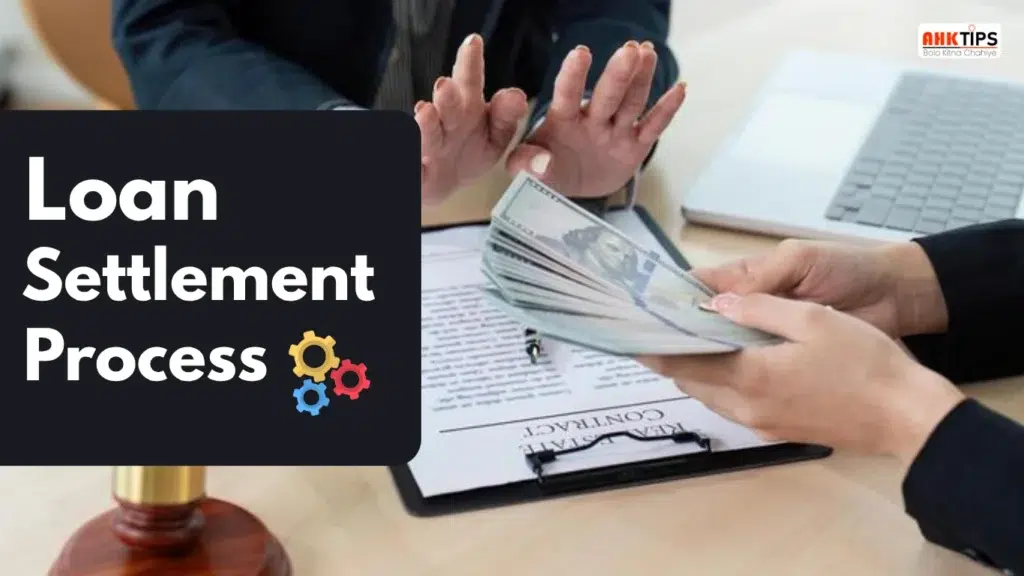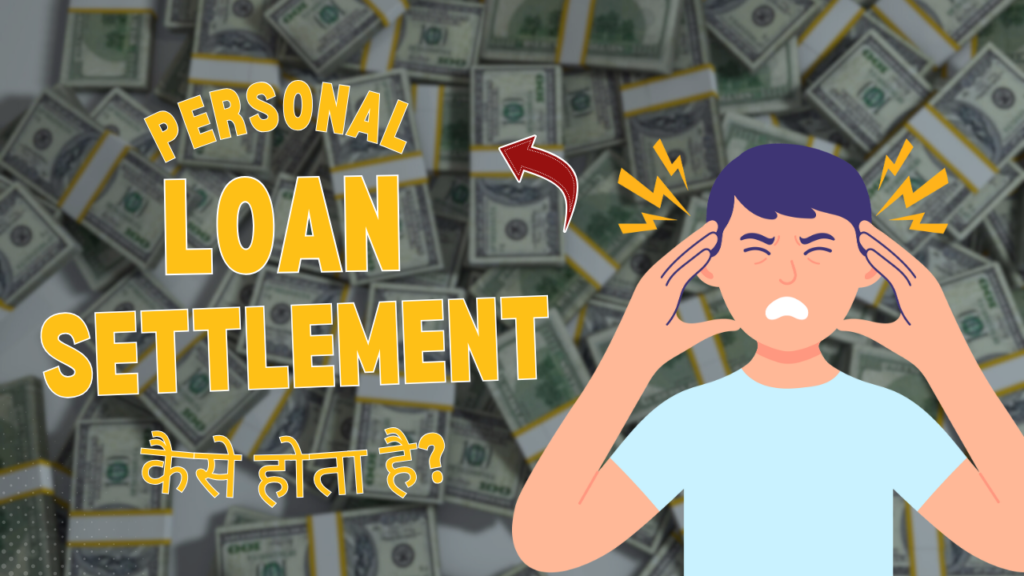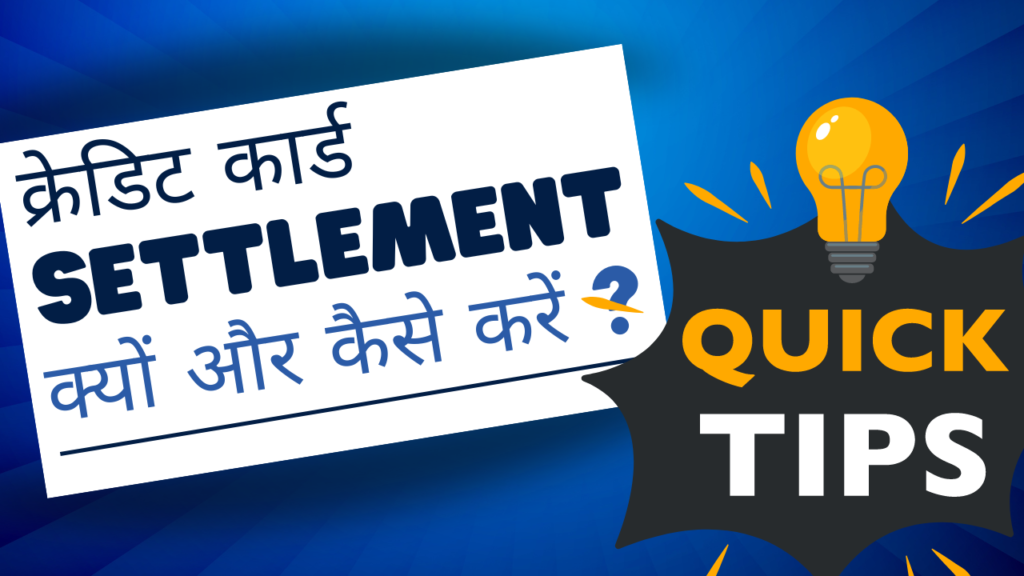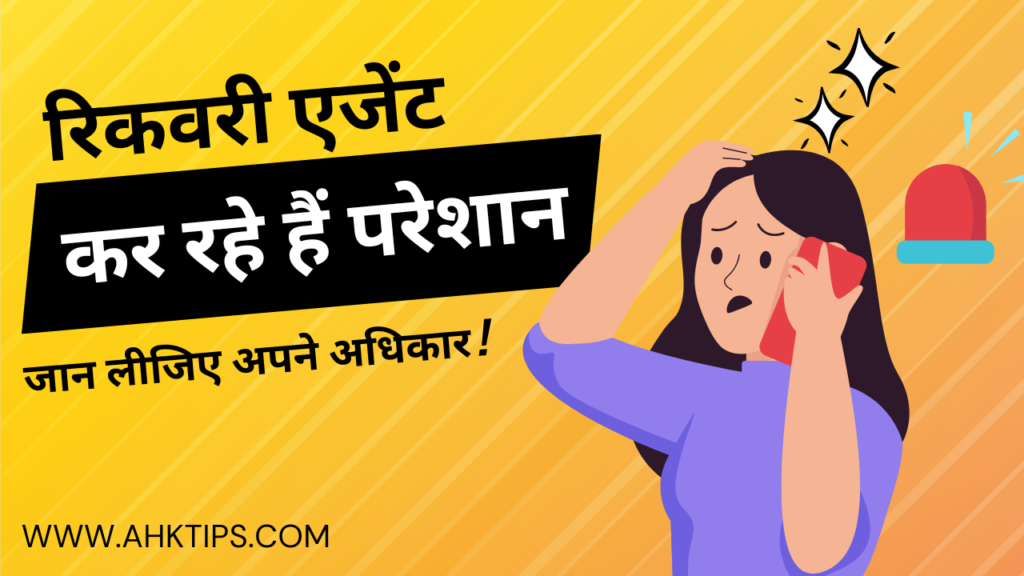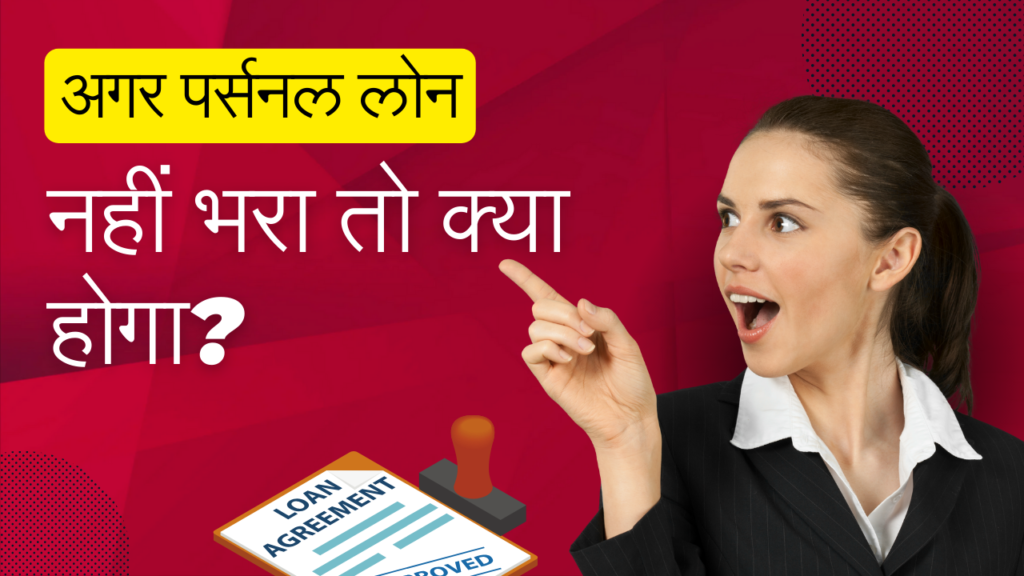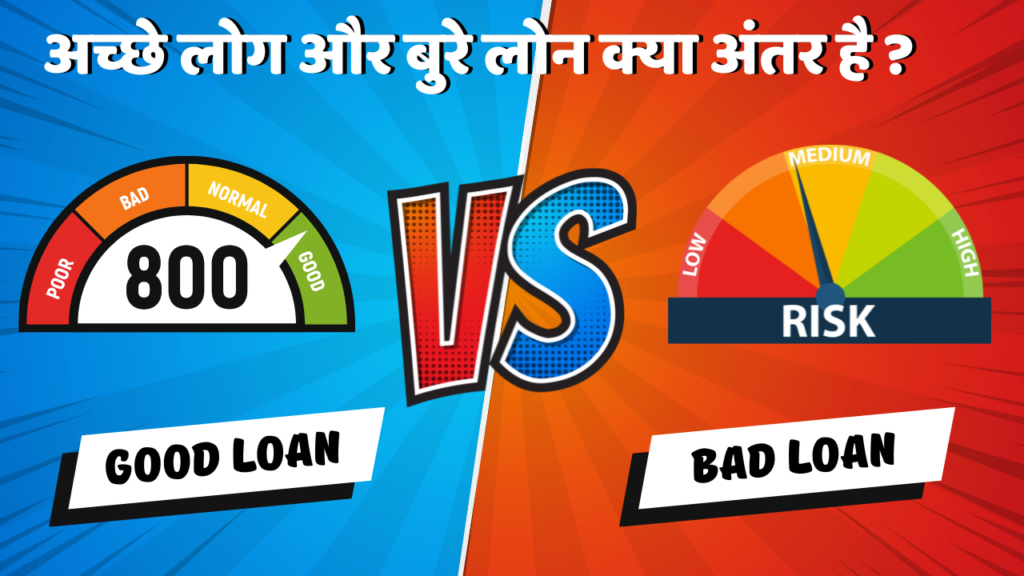Summary
The Loan Settlement Process is a process that comes in handy when a borrower is unable to pay their loan installments on time for any reason. In such a situation, the bank declares him a defaulter, and then the option of settlement arises to close the loan. But this process often becomes long and difficult. Therefore, in this article, we explained how this process can be made fast trac,k i.e., fast and easy.
First of all, the borrower should clearly understand their entire financial situation. After this, one should contact the bank or NBFC directly without any middleman. This makes the communication fast and clear. Also, keeping the necessary documents like bank statement, ID proof, medical, or proof of dismissal ready in advance makes the process even faster.
Apart from this, by negotiating with the bank sensibly and peacefully, you can settle the loan even for a lesser amount. When the settlement amount is decided, pay it on time through RTGS or draft, and make sure to take the “Settlement Letter” and “No Dues Certificate”.
Introduction
In today’s time, people take loans for many important things – like buying a house, buying a car, for children’s education, or personal needs. Banks and financial companies make it easy to give loans by offering attractive terms. But sometimes it happens that a person does not have the money to repay the loan. Losing a job, a medical emergency, a loss in business, or other family problems can be the reason for this. In such a situation, it becomes difficult to repay the loan EMI, and the person can be declared a defaulter.
In such a situation, Loan Settlement comes out as a better option. Loan settlement means an agreement between the bank and the borrower, in which the borrower can close the loan account by paying a certain amount to the bank. This amount is usually less than the outstanding amount. This gives the bank some money back, and the borrower also gets mental peace.
But the problem is that the process of loan settlement is not easy. There is a lot of paperwork involved, and you have to talk to the bank; sometimes it takes weeks or months to get approval. Due to this, many people get worried about this process.
In today’s article, we will tell you how you can complete the loan settlement process quickly with wisdom and planning. We will tell you which documents to keep ready in advance, how to talk to the bank, what things to keep in mind, and what mistakes to avoid.
What is Loan Settlement?
It is a financial process in which a bank or financial institution allows the loan taker to settle the loan by paying a lesser amount than the entire outstanding loan amount. This facility is for individuals who are unable to repay their loans on time and have a history of continuous default.
Under a settlement, the bank can agree on a lump sum amount, which closes the loan. However, it is essential to note that settling the loan can negatively impact your CIBIL score, potentially making it more challenging for you to obtain a loan in the future. Therefore, it should be adopted only as a last option.
How does a Loan Settlement work?
When a person is unable to pay the EMI of his loan on time and the outstanding amount accumulates over a long period, the bank or financial institution offers the option of loan settlement. In this, the bank allows the customer to pay a discounted amount instead of the entire outstanding amount, thereby settling the loan matter.
The process of settlement comprises discussions between the bank and the customer, wherein the bank assures that the customer can’t pay the entire loan amount. Thereafter, the bank issues a single-payment offer, which is typically lower than the outstanding loan balance. On the payment of this settled amount by the customer, the bank marks the loan as “Settled”. Yet, this is not good for the CIBIL score since it is not treated as a “Complete Payment”.
Hence, loan settlement should be opted for as a matter of last resort, and if at all possible, loan repayment schemes, loan restructuring, or alternative financial solutions must be opted for so that the credit rating is not impacted.
What documents are required for a Loan Settlement?
The following documents are required:
- Aadhar Card, PAN Card, Passport, or Driving License, etc.
- Salary slips, income tax returns, bank statements, etc.
- Loan Settlement letter, loan details, payment receipts, etc.
- Investment documents, property documents, insurance policies, etc.
How do I apply for a Loan Settlement online?
If you want to apply it online, then follow the easy steps given below:
Visit the bank’s website or app.
- Open the official website or mobile app of your loan provider or bank.
- Sign up if you already have an account, then log in. Otherwise, create a new account.
Check the customer support section.
- Go to the ‘Customer Support’ or ‘Contact Us’ section on the website or app.
- Here, you can find the option related to “Loan Settlement“, such as:
- Filing a loan-related complaint.
- Request form for loan settlement.
Fill out the request form for the settlement.
- Select the “Loan Settlement Request” option.
- Fill in the required details, such as:
- Your name
- Loan account number
- Email ID and mobile number
- Reason (why you want to settle, such as financial problems or reduction in income).
Upload the required documents.
- Upload documents that show your current financial situation, such as:
- Income certificate or salary slip
- Bank statement
- Any other proof that explains your problem?
- Upload all the documents by scanning them in the correct format (PDF or JPEG).
Submit and wait for the bank’s response.
- Once you have submitted the form, the bank will verify your request.
- The bank will most likely contact you within 7-10 working days. They will notify you of the settlement through email, call, or message.
Read the bank’s offer.
- The bank will make an offer to waive some portion of your pending amount. Carefully read it.
- If you accept the offer, go ahead. Otherwise, bargain further.
Make payment
- Pay the decided settlement amount from the bank in online payment mode.
- The bank will provide a payment confirmation and close your loan account.
What is the difference between a Loan Settlement and a Credit Card Loan Settlement?
Although both Loan Settlement and Credit Card Loan Settlement aim to provide relief to the borrower, there are some important differences between them.
| Points of Difference | Loan Settlement | Credit Card Loan Settlement |
| Type | Settlement of any type of loan (personal, home, car, education, etc.) | Settlement of Credit Card dues only |
| Settlement Process | The bank fixes a lump sum amount, on payment of which the loan gets settled. | The credit card company settles the amount at a fixed rate. |
| Impact on CIBIL score | CIBIL score may drop by 50-100 points, and it may become difficult to get a loan in the future | There is a huge impact on the CIBIL score, and it may be difficult to get a new credit card. |
| Possibility of getting a loan in the future | You may face problems in getting a home loan, a car loan, or any other loan. | Credit card companies may refuse to issue the card. |
How much impact does a Loan Settlement have on your CIBIL score?
Loan Settlement has a direct and negative impact on your CIBIL score. When a person takes a loan from a bank or NBFC and is unable to repay the entire amount due to some reason, the bank gives him a chance to make a settlement, which is called a Loan Settlement.
However, there is a huge difference between a Loan Settlement and a Loan Closure. If you close your loan by repaying its full amount, it is recorded as “Closed” in your credit report, which improves your CIBIL score. But if you have some amount of the loan waived off under an agreement with the bank, it is reported as “Settled”, which can harm your credit score.
What are the effects of a Loan Settlement on your CIBIL score?
- When a bank or NBFC reports to CIBIL that your loan is “settled”, your score drops immediately. The amount of drop depends on how good your score was earlier.
- Banks and financial institutions put customers who have settled their loans in the “high-risk” category. This means that in the future, if you try to take any type of loan (personal, home, car, or education), your application may be rejected.
- If you have settled a loan, it may be difficult to get a credit card from any bank in the future. Banks look at your credit history, and if they see a “settled” status, they may refuse to give you a credit card.
- Even if a bank decides to give you a loan, you may get the loan at a very high interest rate. This is because banks consider you a risky customer and charge a higher interest rate to protect their money.
- Loan settlement information remains in your CIBIL report for at least 7 years. This means that even if you improve your financial behavior later, your settlement record will continue to be visible to banks and may affect your creditworthiness.
What are the ways to improve your CIBIL score after a loan settlement?
If you have settled the loan and now want to improve your CIBIL score, then you can take the steps given below:
- Pay all loan and credit card bills in full on time.
- If possible, try to change the “Settled” status to “Closed” by contacting the bank.
- Use credit cards limitedly and make full payments on time.
- Take a small loan and repay it regularly to build a new good credit history.
- Check the CIBIL report regularly and request that CIBIL rectify any mistakes.
How do you choose the loan settlement service?
Here are some important points to consider that will help you choose the right Loan Settlement service:
Check the service provider’s credentials.
Before hiring a settlement service, make sure that the service provider you are hiring is registered and certified with financial institutions and banks. Only a reliable service provider can provide you with the right guidance and support. Checking online reviews and customer feedback is a good way to do so.
Check the service charges and other expenses.
Many service providers also charge a service fee, but make sure that the charges are not high and there are no hidden costs. Negotiate with the service provider beforehand about which services are free and which you will have to pay extra for.
Customer support and communication
A good service provider will always stay in touch with the customer and resolve their problems properly. Make sure they answer your questions quickly and are ready to work with you in any difficult situation.
Join our service
If you are also trapped in the debt trap and are facing a financial crisis, and want to adopt the path of Loan Settlement, then you can apply for our Loan Settlement service. We will help you settle your loan. Along with this, we provide you relief from the burden of the loan within 6 – 8 months. If you want to get more information about our service, then you can contact us.
How long does it take for a Loan Settlement to be processed?
The time taken for the settlement process also depends on various factors, such as the policies of your bank or lender, the outstanding amount, and the communication between the two of you. Usually, this process can take from 1 to 3 months.
The first action in the process of settlement is to approach the bank, where you tell your problem and payment status to the bank. Then, the bank proposes a settlement offer according to your situation. In case you agree with that proposal, you need to pay the amount to the bank within the agreed time. The bank indicates the loan as settled, and this would take some time.
The longer this entire process continues, the more it can impact your CIBIL score, so it is preferable to resolve the issue sooner.
What is the difference between Loan Settlement and Bankruptcy?
Let us understand the difference between them in simple language:
1. Definition
- Loan Settlement: It is a mutual agreement between a bank and a borrower. In this, the bank accepts that the borrower cannot repay the entire loan, so it takes a fixed amount and forgives the remaining amount.
- Bankruptcy: It is a legal process. When a person or organization is unable to repay its total liabilities, it applies for bankruptcy in the court, and the court decides how its assets will be distributed.
2. Process
- Loan Settlement: It is an illegal process that takes place directly between the bank and the customer. No court is involved in this.
- Bankruptcy: It is a judicial process in which the court and insolvency professionals are involved.
3. Debt Relief
- Loan Settlement: After paying some part of the loan, the rest of the loan can be waived off, but the CIBIL report has a tag of “Settled”.
- Bankruptcy: The court decides which loans will be waived off and which will not. This can get rid of the debt completely, but the property can be confiscated.
4. Effect on CIBIL score
- Loan Settlement: CIBIL score has a serious negative impact. The tag of “Settled” can become an obstacle in getting a loan in the future.
- Bankruptcy: CIBIL score falls completely, and it has a long-term impact.
5. Cost & Time
- Loan Settlement: This process is completed quickly, and there are no legal expenses.
- Bankruptcy: This can be a long and expensive process, which requires lawyers and professionals.
What are the advantages and disadvantages of Loan Settlements?
It has the following advantages and disadvantages:
Advantages
- Loan Settlement improves the financial condition of the borrower.
- By doing a Loan Settlement, you can manage your income and costs better and avoid a financial crisis in the future.
- The heavy burden of debt often causes mental stress. With Loan Settlement, the borrower gets relief from this stress, and he can find mental peace in his life.
- Through Loan Settlement, the borrower gets a chance to get part of their debt waived off.
- This helps to improve his financial condition and gives him relief from a heavy financial burden.
- Although a Loan Settlement can affect the borrower’s credit score, by following the agreement on time and properly, he can gradually improve his credit score.
Disadvantages
- In the future, the borrower may have difficulty getting loans from these institutions.
- Through Loan Settlement, the entire loan of the borrower is not waived off. He still has to pay some amount, which can affect his financial condition.
- During a Loan Settlement, the agreement between the bank and the borrower has many conditions. The borrower is required to follow these conditions, which can limit their freedom.
- After a Loan Settlement, the borrower’s credit score may be affected.
- Loan Settlements may create difficulties in taking new loans or obtaining credit cards in the future.
- Due to a Loan Settlement, the borrower’s relationship with the bank and other financial institutions may deteriorate.
How to settle a loan declared as NPA?
Below, we will know in detail how this can be done.
1. First, contact the bank
- When the loan is declared as NPA, the borrower should first contact their bank or financial institution directly.
- Instead of getting scared, talk.
- Tell the bank about your financial situation.
- Tell them that you want to repay the loan but cannot make the full payment in the current situation.
2. Ask for an OTS (One-Time Settlement) proposal
- Banks often bring the OTS scheme for NPA accounts, in which
- Some amount is waived,
- The remaining amount has to be paid in a lump sum or installments.
3. Take the settlement deal in writing (Settlement Letter/NOC)
- If the bank accepts your settlement proposal, then:
- Take a written settlement letter from them.
- After completing the payment, do not forget to take the NOC (No Objection Certificate).
- This will serve as proof for you in the future.
4. Understand the impact on CIBIL score
- The settlement of an NPA loan affects your CIBIL score.
- Your score may fall for some time.
- But by paying other bills/credit cards/EMIs on time, you can improve the score again.
5. Avoid default again in the future
- Do financial planning.
- Take a loan only as per your need.
- Pay installments on time.
- Spend according to your budget.
How to fast-track the loan settlement process?
Here we will tell you step-by-step how you can make this process faster and simpler.
Get a clear idea of your situation.
First of all, you need to know how much loan you have repaid so far and how much is outstanding. For this, you have to collect the following information:
- Total loan amount
- Number of EMIs and payment status
- Outstanding interest
- Penalty charges
- Notices/emails received from the bank
Contact the bank or NBFC directly.
Avoid middlemen (agents) for settlement and directly contact the loan recovery or settlement department of the bank. You can start the conversation through a written application or email.
- Explain the situation of your financial crisis.
- Request that you be given the facility of One Time Settlement (OTS)
- Demand a time-bound solution.
Keep the documents ready in advance.
The bank may ask you for some important documents, such as:
- ID Proof and Address Proof
- Bank statement of the last 6 months
- Proof of dismissal from job (if any)
- Medical report (if it is a case of emergency expenses)
- Proof of no source of income
Negotiate effectively
Negotiation plays a very important role in settlement. Keep the following tips in mind:
- Try to make the bank sensitive to your situation.
- Clearly explain how much you are willing to pay in a lump sum.
- Demand a settlement letter – do not do anything without written documents.
Pay through RTGS/NEFT and get a receipt.
As soon as the settlement amount is decided with the bank, pay it on time through RTGS/NEFT or bank draft. After this:
- Get a “No Dues Certificate” from the bank
- Make sure the bank’s seal and signature are on the “Settlement Letter.”
- Keep all the documents safe for the future
Get your CIBIL report updated
After settlement, the CIBIL report shows “Settled”, hurtsact on the score. For this:
- Request the bank to update the CIBIL.
- Check the report within 60 to 90 days
- Raise a dispute with CIBIL if needed
Seek professional help (if necessary)
If the matter has become legal or the recovery agent is harassing you, then:
- Consult a financial advisor or lawyer
- File your complaint as per the RBI guidelines.
- Contact the Ombudsman or Banking Ombudsman
Conclusion
Finally, fast-tracking the loan settlement process is not an impossible task. Yes, this process indeed involves some technical steps, some hard work, and patience, but if you work in a planned manner, this path can be quite easy.
First of all, you should have complete information about your financial situation – how much you have paid, how much is outstanding, and how much you have available to pay in a lump sum. After this, as soon as you contact the bank or NBFC directly and present your point with the right purpose, the bank also starts considering your proposal quickly.
Along with this, if you keep the necessary documents ready in advance, then you will not have to visit the bank again and again. This will also save time, and the decision will be taken quickly. On the other hand, it is very important to negotiate with the bank in the right manner. If you explain your problems clearly and calmly, the bank understands you and is also ready to give you discounts or facilities.
Frequently Asked Questions (FAQ’s)
Ans: Loan repayment means paying the fixed amount of the entire loan and interest on time. Loan settlement means that the bank waives some amount and closes the account with the remaining amount.
Ans: Yes, Loan Settlement is shown as “Settled” in the CIBIL report, which may affect your creditworthiness in the future. This may reduce the score.
Ans: OTS is a scheme in which the bank gives the borrower a chance to get rid of the loan by paying a fixed amount in a lump sum (or in fixed installments). In this, some interest or principal can be waived.
Ans: NPA means Non-Performing Asset, that is, a loan whose EMI or interest installments have not been paid for more than 90 days (3 months). Banks consider such loans as “bad loans” and declare them NPA.
Ans: Yes, the loan can be repaid even after being declared an NPA. For this, you can contact the bank and arrange to pay through One-Time Settlement (OTS) or in installments.

